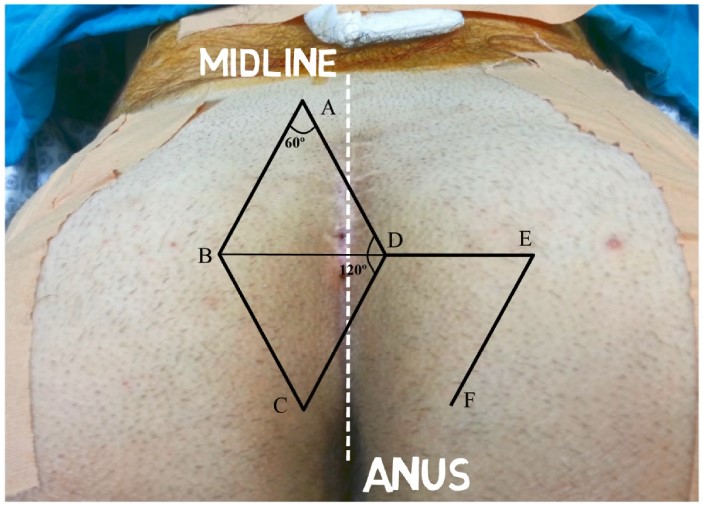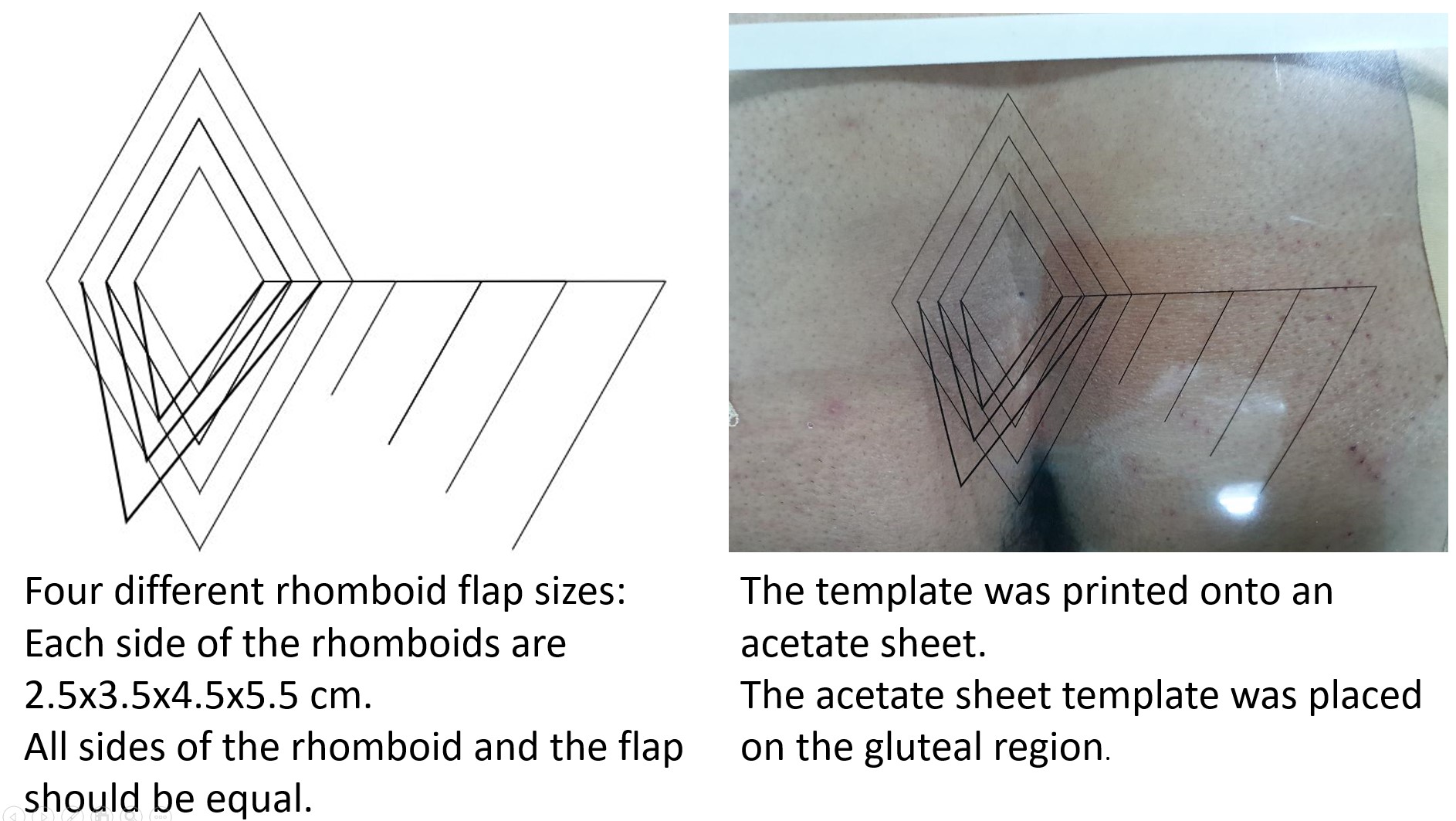


Sacrococcygeal PSD is common especially in Caucasians of the Middle East ( 4). Previously, this disease was believed to occur only in the sacrococcygeal region however, it has been shown that PSD can form in the anal canal, and in the vulvar, umbilical, interdigital and scalp regions ( 2, 3). Pilonidal sinus disease (PSD) was first described by Herbert Mayo in 1883 as a cyst containing hair at the natal cleft ( 1). Keywords: pilonidal sinus disease, elliptical rotation flap, limberg flap, rotation flap Introduction No recurrence was observed in postoperative follow-ups.Ĭonclusion: Fasciocutaneous elliptical rotation flap is a method that has follow-up results similar to both the elliptical rotation flap technique and its modification and can be safely preferred in the treatment of pilonidal sinus with its other advantages. None of the cases developed hematoma or complete dehiscence. Partial wound dehiscence occurred in 5 (3.2%) patients. Postoperative infection developed in two patients (1%). Mean time of drain removal was 2.20 ± 1.18 days. Results: The patients’ complete healing time was 13 ± 3 days and mean follow-up was 19 (6-37) months. Data of the patients including operation time, wound issues (infection, seroma, wound separation), time required to return to daily activities, complete healing time and recurrence rates were recorded retrospectively. Materials and Methods: One hundred and eighty-six patients (149 were males and 37 were females) operated for pilonidal disease with fasciocutaneous elliptic rotation flap between 20 were included into this study. The purpose of this study was to share the findings of the fasciocutaneous elliptic rotation flap technique retrospectively. The elliptical rotation flap was first described by Nessar in the surgery of pilonidal sinus and reported successful results, but it has weak points. The optimal treatment for pilonidal sinus disease still has no consensus. Previously thought to be due to etiological reasons of congenital origin, it is now widely accepted as an acquired disease. It has been reported in the incidence of 12-26 in a 100.000 population.

Objective: Sacrococcygeal pilonidal sinus is a common disease especially in the Caucasians of the Middle East. Liv Hospital Ankara, General Surgery, Ankara, Turkey Abstract Fasciocutaneous Elliptical Rotation Flap for Pilonidal Sinus Disease and Its Outcomes


 0 kommentar(er)
0 kommentar(er)
